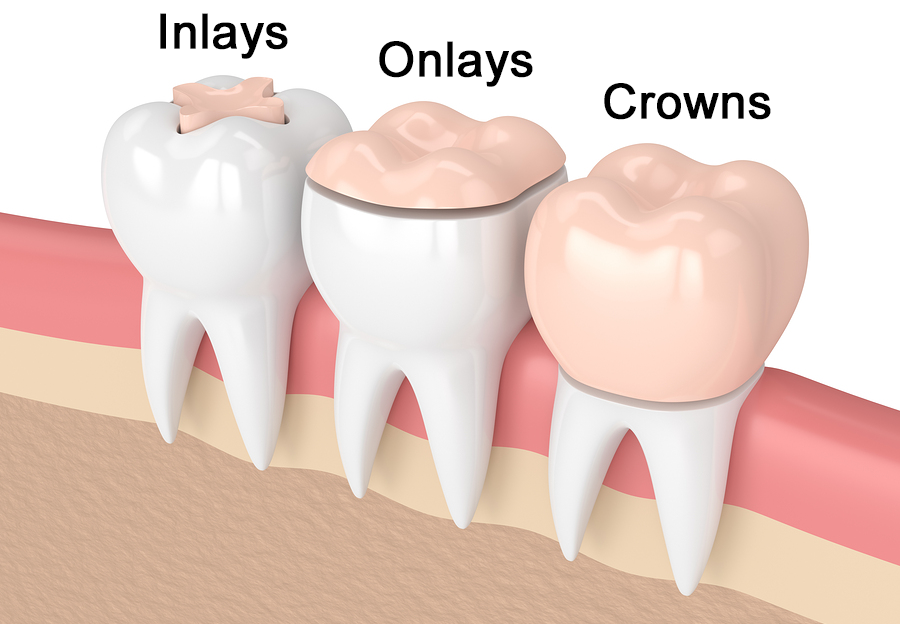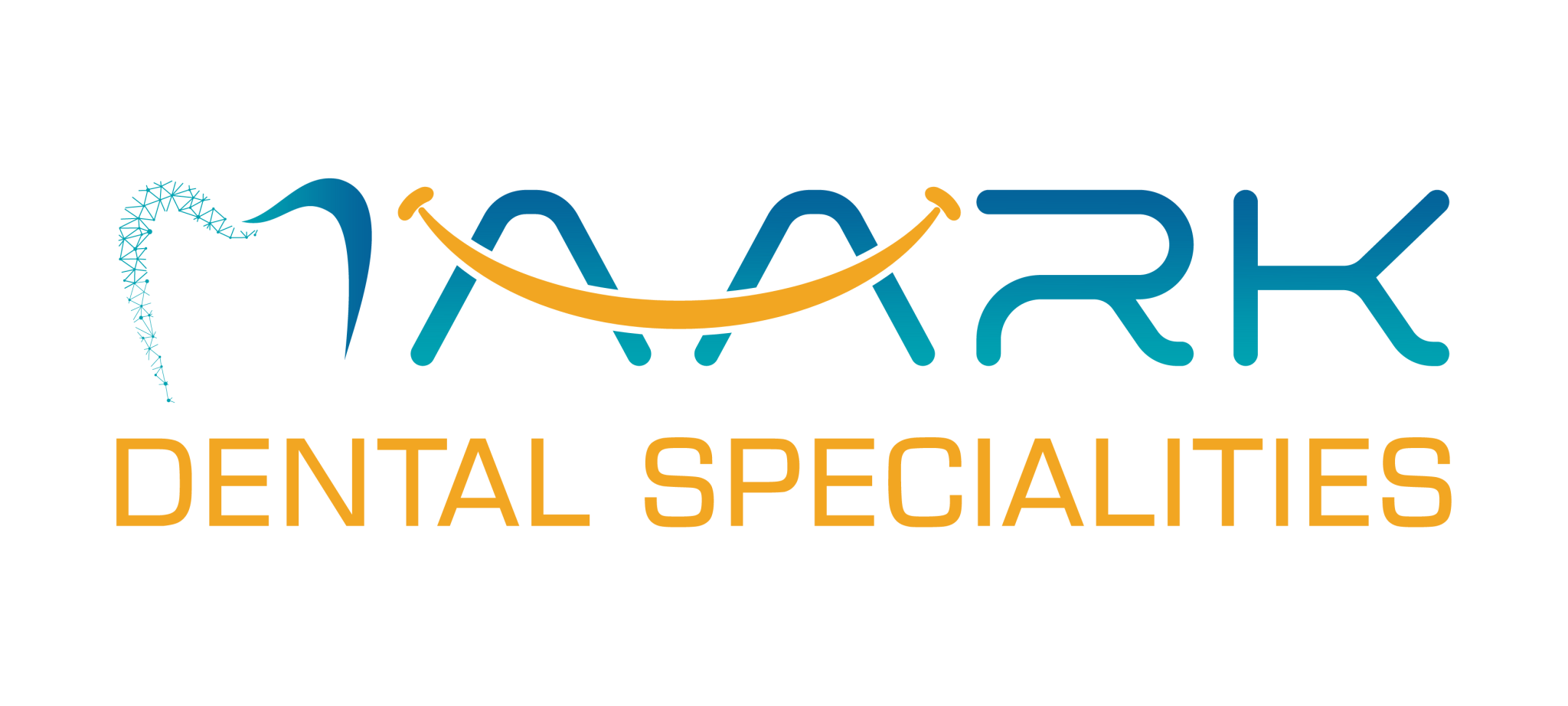Inlays and Onlays

Preserving Tooth Structure with Custom Dental Restorations
Inlays and onlays are specialized dental restorations designed to repair teeth with more extensive damage than what can be effectively addressed with a standard dental filling. These custom-made restorations are often crafted from durable materials such as porcelain or composite resin and are created in a dental laboratory to ensure a precise fit and optimal functionality. Inlays and onlays are valued for their ability to provide superior coverage and support while preserving a significant portion of the natural tooth structure.
The Inlay and Onlay Process:
- Assessment and Diagnosis: The journey to receiving an inlay or onlay typically begins with a dental examination. Your dentist will assess the extent of damage to your tooth, usually through visual inspection and sometimes aided by dental X-rays. If the damage is too extensive for a regular filling but doesn’t require a full crown, inlays and onlays may be recommended.
- Treatment Planning: Once the need for an inlay or onlay is confirmed, your dentist will discuss the procedure with you. The choice of material (usually porcelain, composite resin, or sometimes gold) will be considered based on factors such as the tooth’s location, aesthetic preferences, and functional requirements.
- Tooth Preparation: The tooth receiving the inlay or onlay is prepared by removing the damaged or decayed portion. Unlike traditional fillings, which require more extensive tooth removal, inlays and onlays allow for the preservation of a significant portion of healthy tooth structure.
- Impression Taking: After tooth preparation, an impression or mold of the tooth is made. This impression is used as a model for creating the custom inlay or onlay in a dental laboratory.
- Temporary Restoration: While your custom inlay or onlay is being fabricated, a temporary restoration may be placed to protect the prepared tooth. This temporary restoration is removed once the permanent inlay or onlay is ready for placement.
- Fitting and Bonding: When the custom restoration is completed, it is carefully fitted to ensure a precise match with your tooth. The inlay fits within the tooth’s cusps (the raised points), while an onlay extends to cover one or more cusps. Once the fit is confirmed, the restoration is bonded securely to the tooth using dental cement.
- Finishing and Polishing: Any excess material is removed, and the restoration is polished to ensure a smooth and natural appearance that blends seamlessly with your surrounding teeth.
Benefits of Inlays and Onlays:
- Preservation of Tooth Structure: Inlays and onlays allow for the conservation of more natural tooth structure compared to traditional fillings.
- Durable and Long-Lasting: Inlays and onlays are constructed from strong materials that can withstand normal biting forces and daily wear and tear.
- Customized Fit: These restorations are precisely crafted to fit your tooth, offering a snug and comfortable fit.
- Aesthetic Appeal: Inlays and onlays made from porcelain or composite resin can be color-matched to your natural teeth, providing a seamless and attractive appearance.
- Functional Restoration: Inlays and onlays restore the functionality of your tooth, allowing you to chew and speak comfortably.
Maintenance and Longevity:
Inlays and onlays are designed to be long-lasting with proper care. Maintaining good oral hygiene practices, including regular brushing, flossing, and dental check-ups, is essential for the longevity of these restorations. Avoiding habits like biting hard objects and chewing ice can also help prevent damage to inlays and onlays.
In conclusion, inlays and onlays are custom-made dental restorations that offer a conservative yet effective solution for repairing teeth with more extensive damage. They provide the benefits of preserving natural tooth structure while delivering durability, functionality, and aesthetic appeal. If your dentist recommends an inlay or onlay, it’s a step toward restoring the health and beauty of your smile.


